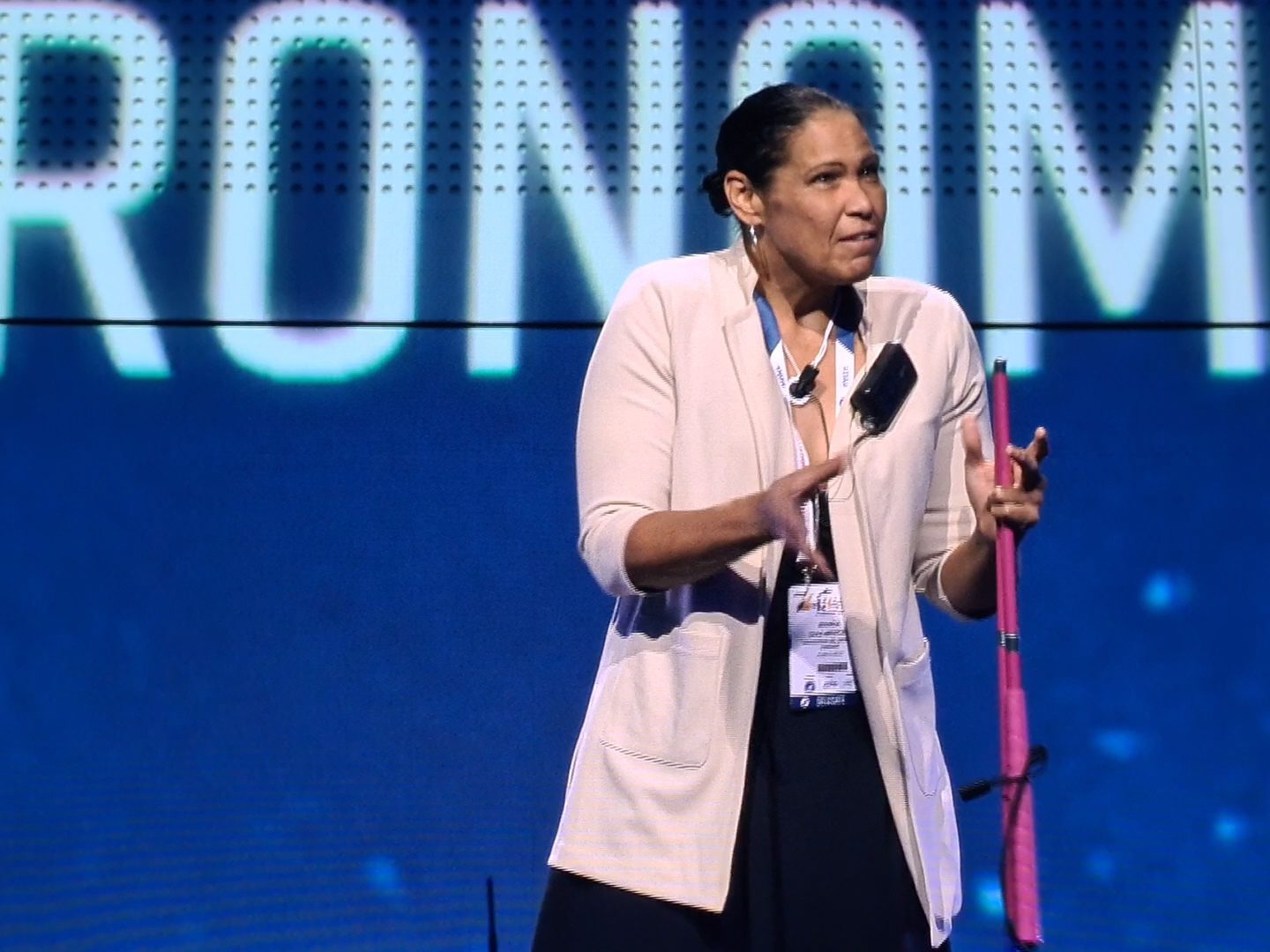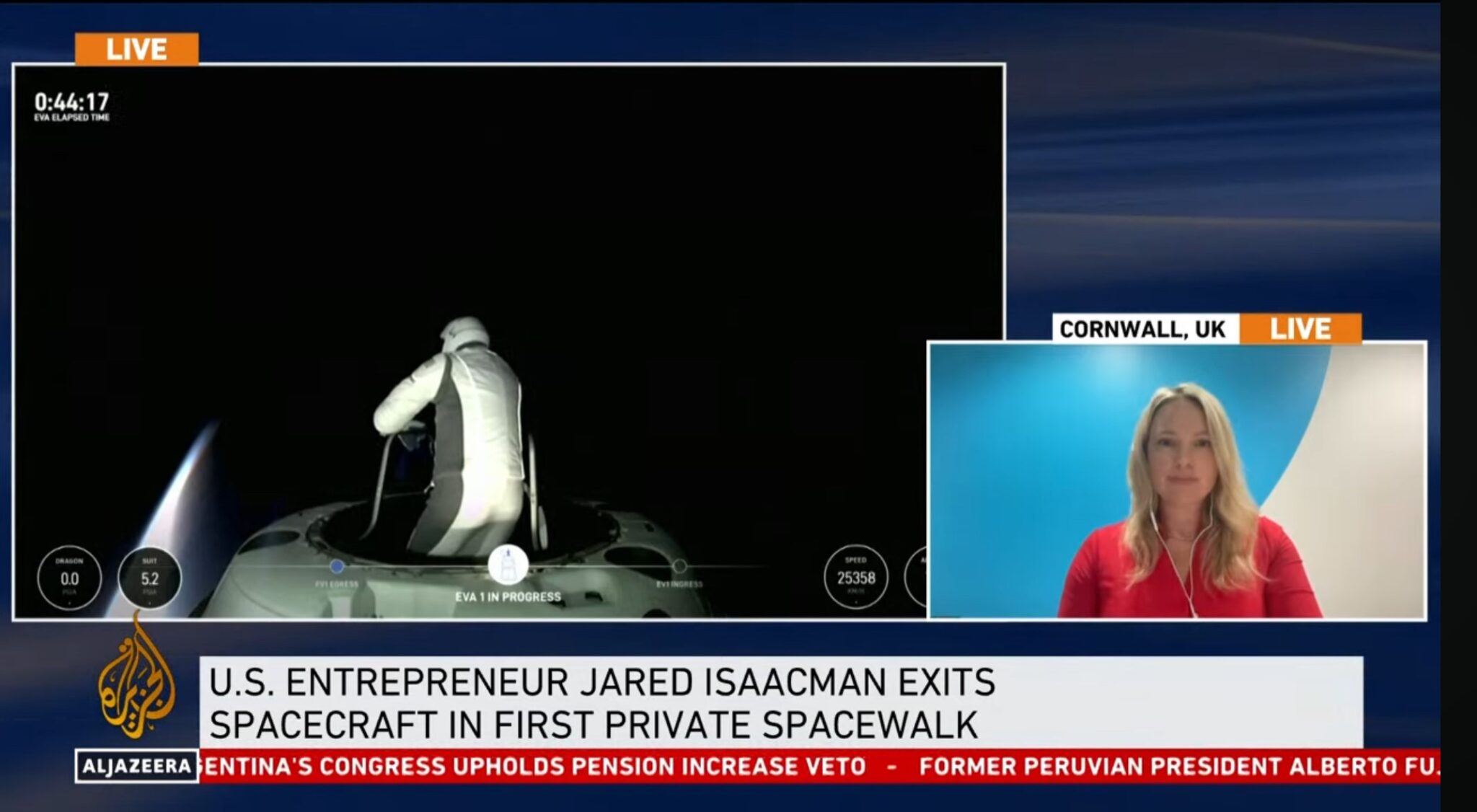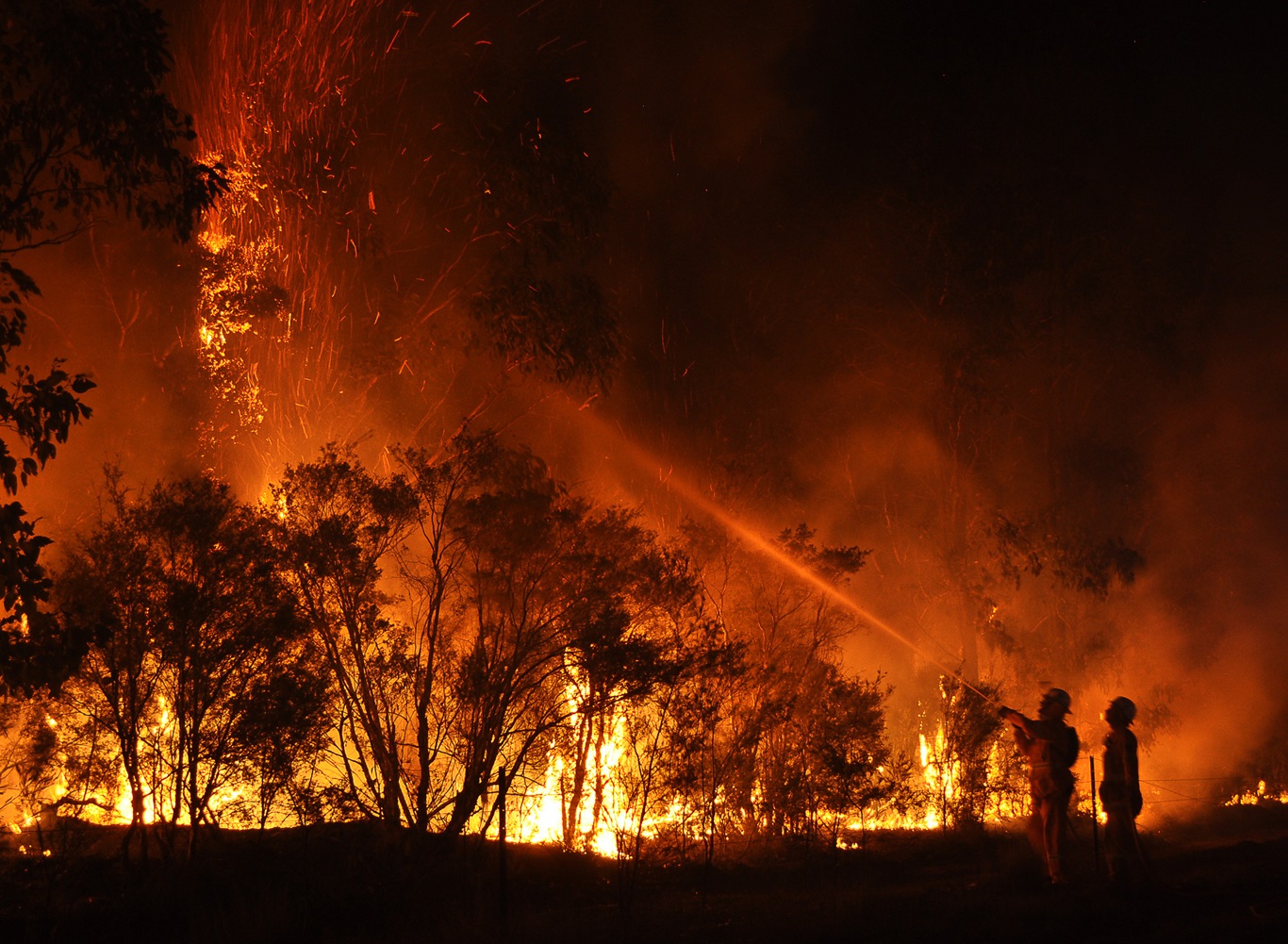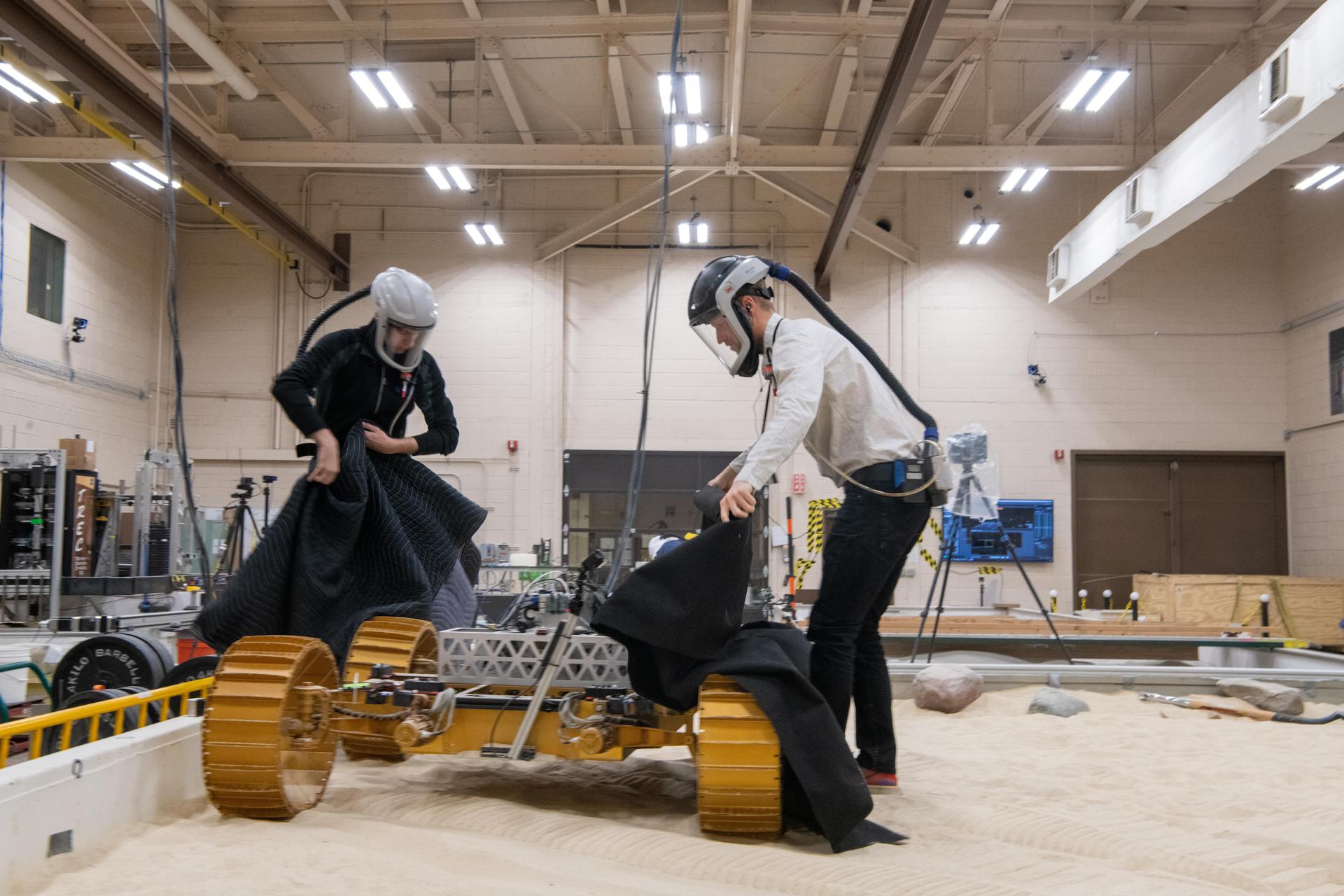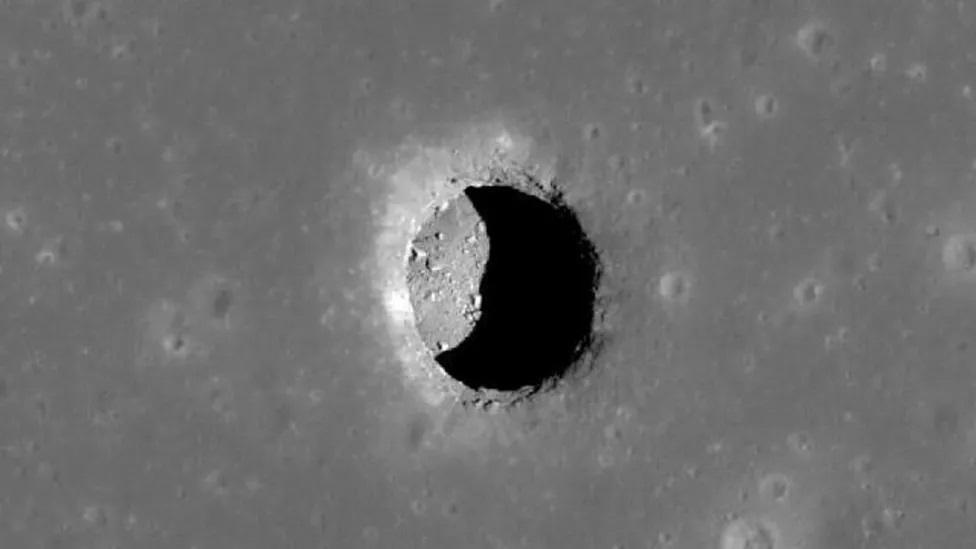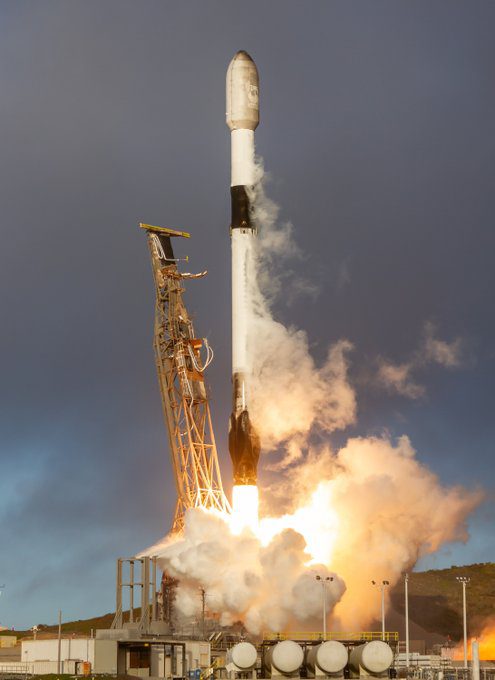Scientists from the Dartmouth College, New Hampshire, USA have presented their findings at the 44th Lunar and Planetary Science Conference, that the event that killed the dinosaurs may have been a comet impact rather than a meteorite or asteroid strike.
While dust and debris from an impact with a space object is still blamed for the rapid cooling on the Earth which is thought to have killed off most of the dinosaur population, a re-examimnation of the amount of rare metals (Iridium and Osmium) found in the layer released during the impact as the the 180km-wide Chicxulub crater in the Yukatan peninsular in Mexico was created now suggest that a much smaller object struck but with a much higher velocity. The result of this is that the scientists now suggest that a comet more fits the bill for this strike than an errant asteroid.
Comet strikes on planets are well known. In 1994, the broken up comet Shoemaker-Levy 9 (D/1993 F2) struck Jupiter causing “scarring” in the planets atmosphere. Next year, a comet is making a close flyby of the planet Mars. While expected to miss, scientists cannot be totally sure of Comet Siding Spring’s (2012 A1) trajectory given that comets often vent jets (as the ice sublimates) which can act as thrusters altering their trajectories as they get close to the sun.


